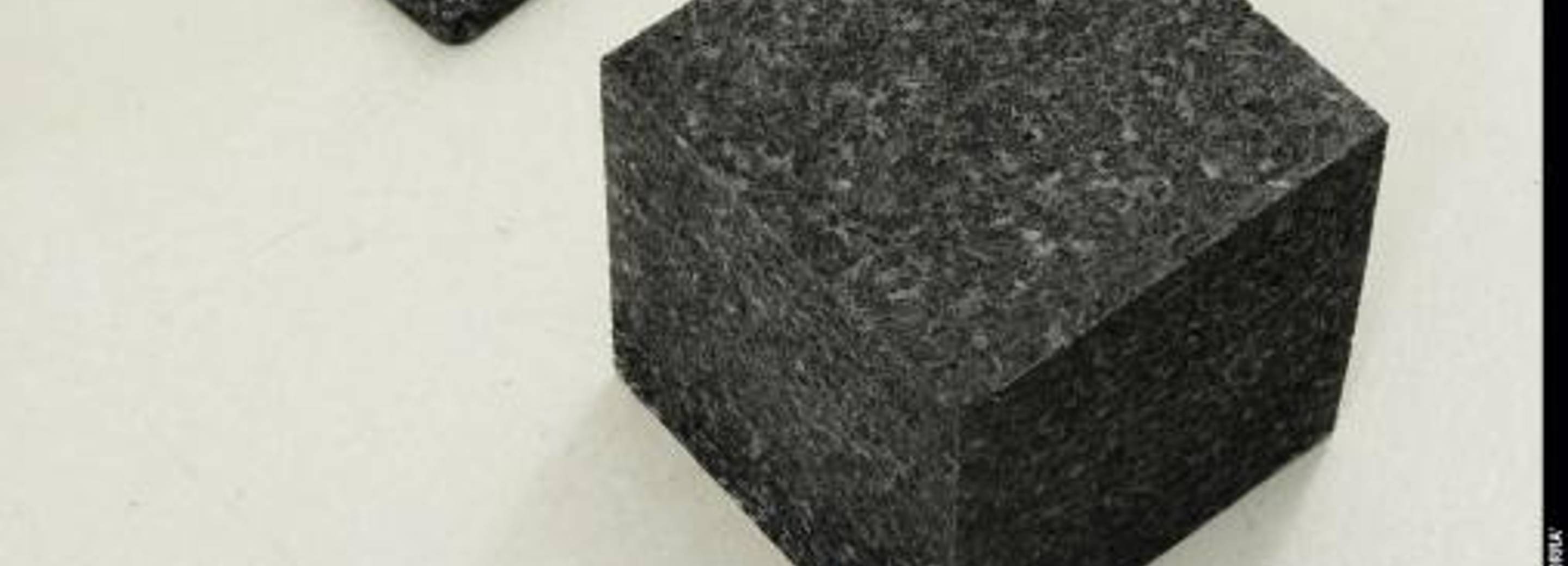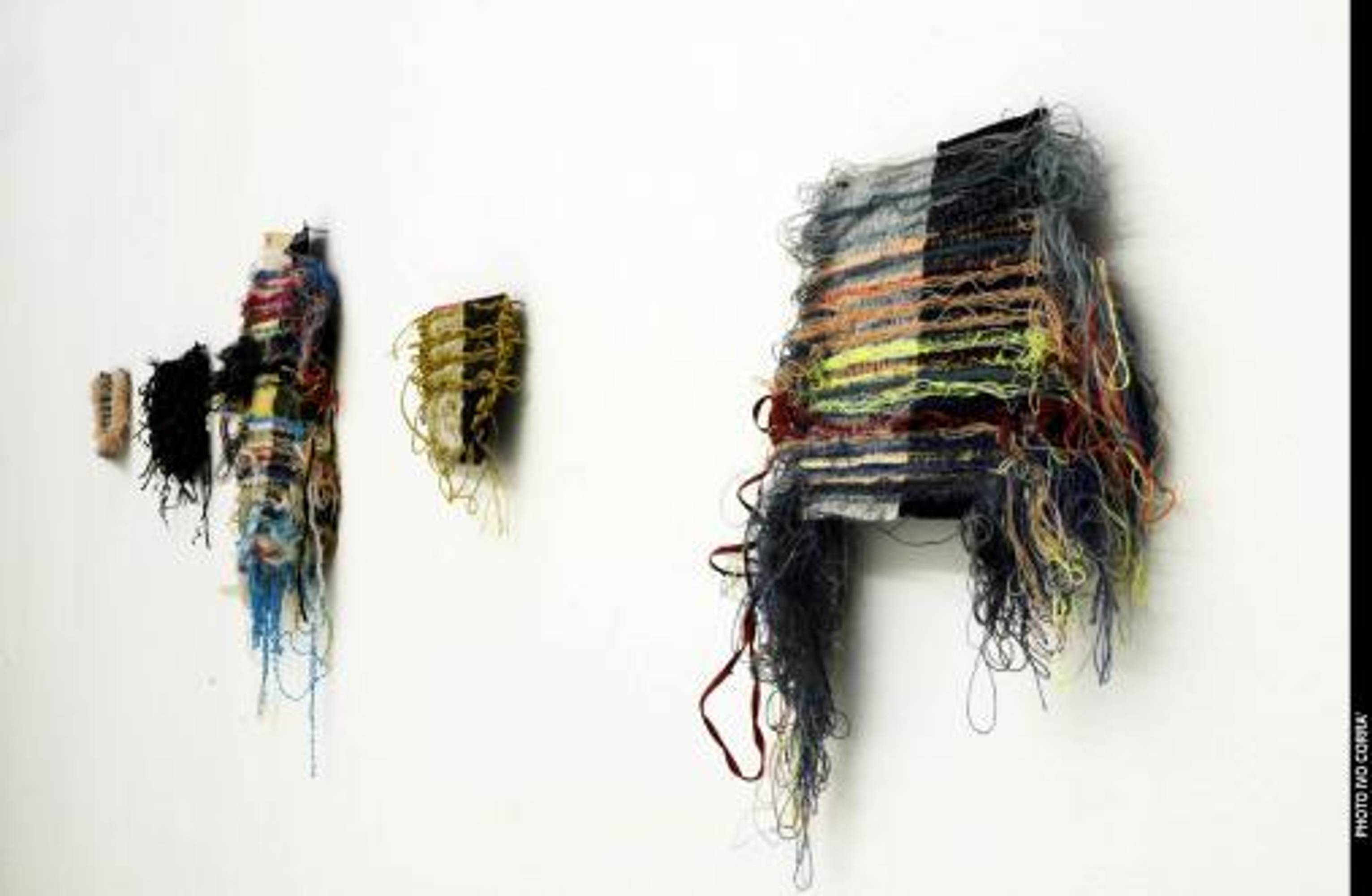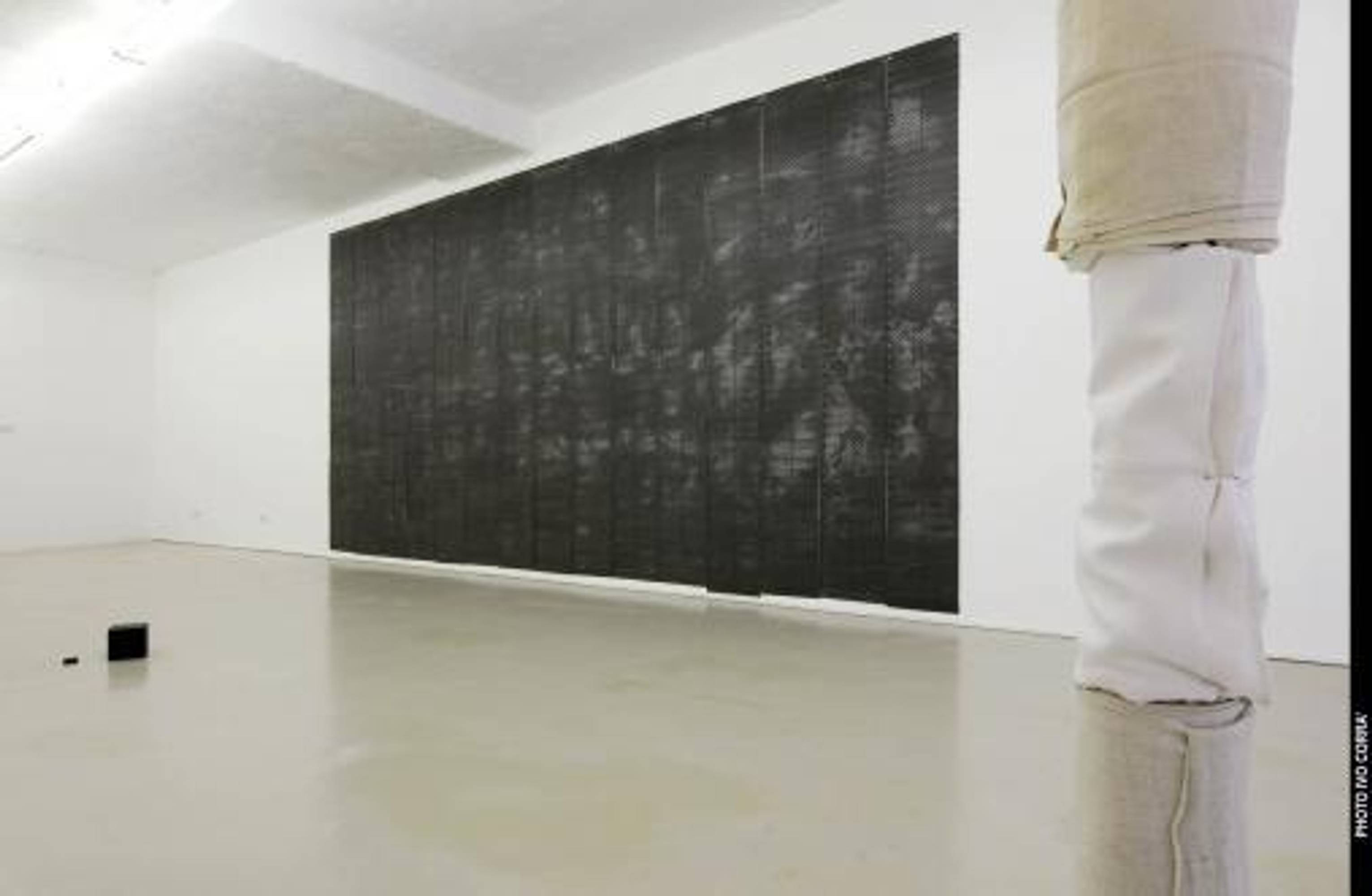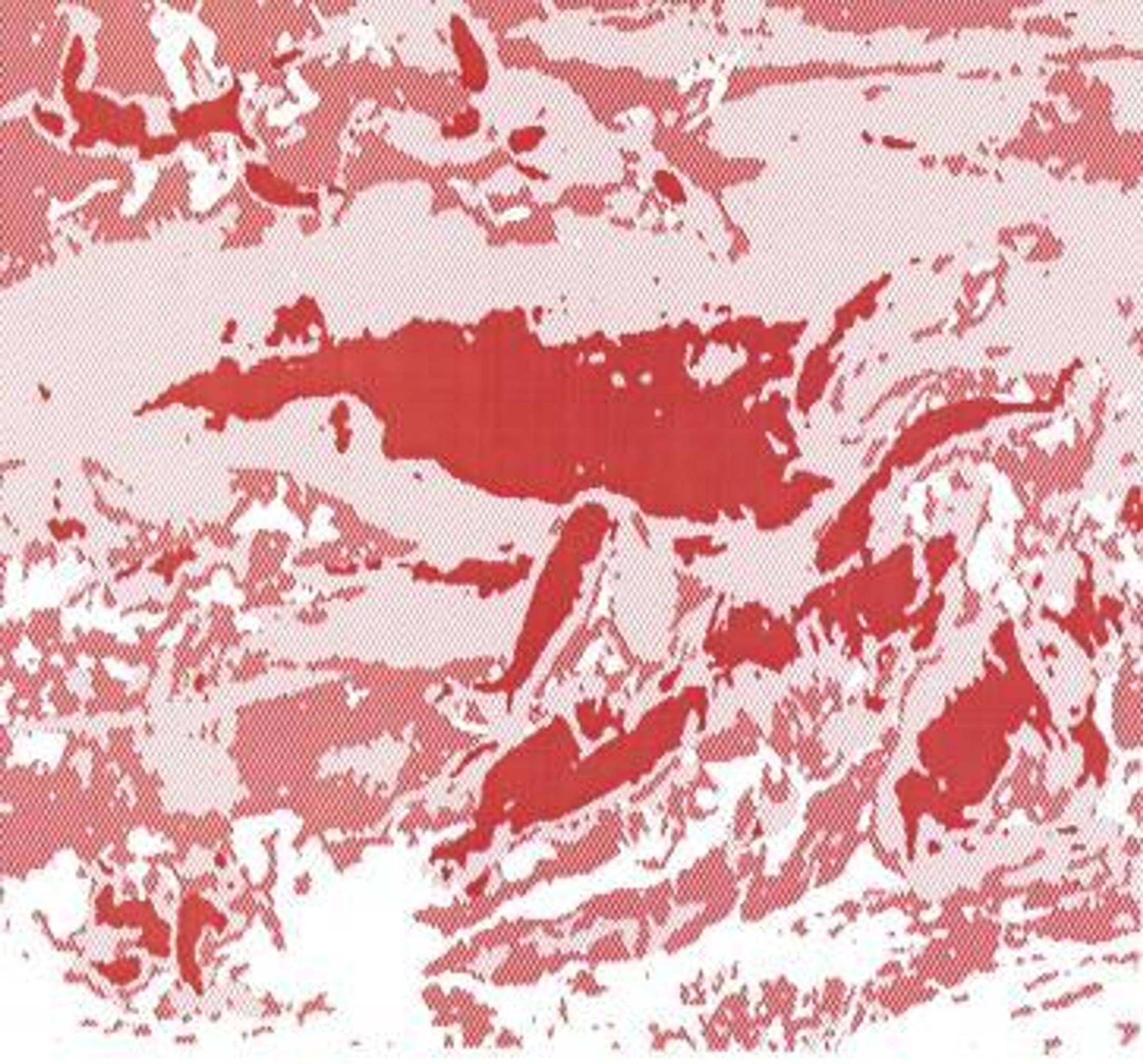THE RAPE OF EUROPE
Leander Schwazer
At the beginning of Book VI of the “Metamorphoses”, Ovid tells the story of Arachne, famous for her work in textiles due to her extraordinary skill at spinning and weaving. Pallas Athena, the goddess of spinners and weavers, became jealous of her talent and thus incited a weaving competition. The subject of Arachne’s tapestry for the competition depicted the “Rape of Europe”, when Zeus transformed himself into a white bull in order to outwit the young Europa and abduct her. According to the words of Ovid, Arachne’s work was so close to realistic perfection that the viewer believed every detail of the tapestry to have happened. But Athena, who lost the competition, was so blind with rage that she transformed the talented mortal into a spider. From this moment on, Arachne was forced to incessantly weave her web by producing the thread from her own body.
The myth of Arachne as a metamorphic creature, bound to the art history of tapestry, in one that has traversed European culture throughout the centuries. In the mid-16th century, the painter Titian painted an iconic representation of the Rape of Europa which was subsequently re-adopted numerous times in years to come. Titian depicted the young maiden at the moment of her abduction by Zeus in the shape of a white bull. Half a century later, in the early 17th century, Pieter Paul Rubens repainted the iconography of Europa in a manner close to Titian’s model. In 1656, Diego Velazquez completed his painting “Las hilanderas” (The Spinners, or the Myth of Arachne). His picturesque opus is constructed on two scenic planes. On the first level are the Spinners themselves, several women seated in a workshop amidst bales of wool and spinning wheels, busy at work on a tapestry, while in the background Velazquez also stages the Myth of Arachne on a finished wall hanging.
The textile work of Arachne is the first evidence of weaving as a technical practice, one that subsequently played a primary role in Europe’s economy for many centuries and located itself halfway between the history of handicrafts, such as the spinning and weaving of tapestries, and industrial history, by means of the mass production of textiles. Leander Schwazer locates the point of exchange and meeting between these two poles in the Jacquard loom, invented in 1805 by the French weaver, merchant and inventor Joseph-Marie Charles, known as Jacquard. His loom was the harbinger of the Industrial Revolution within the 19th century textile industry, and began the development of the mechanical production of complex embroidered textiles.
In his current exhibition for ar/ge kunst Galerie Museum, Leander Schwazer focuses on the historical-iconographic aspect of the episode of the Abduction of Europa. He reflects on the mythological theme, which itself became the archetypical model for various multifaceted works and visual terms, with the aim of working out its conceptual resonance within the history of European culture.
In the first room, The Rape of Europe (2012) is a philological reconstruction of Ovid’s mythological scene as depicted by Titian and Rubens, in the foreground there remains the figure of the young Europa perched on the back of the bull Zeus. The work is accomplished through a subsequent assembly of punch cards, perforated according to the modalities of mechanical automation as outlined by the Jacquard loom. Thus, the drawing is a figurative mosaic, the legibility of which is determined by the continuity of the punched holes, which in their entirety draw the features in profile of the figures and also the background space. The work is accompanied by a minimalist shaped cube (Punched Europe, 2012) which consists of the compressed assembly of hundreds of circular fragments of paperboard produced by the key-punching of the punch cards used by the artist during the preparation of the drawing.
The second room, Point Design (2012), hosts the matrix which was applied by Schwazer in order to conduct the perforation of the punch cards according to the Jacquard model. Like a photographic negative or the printing plate of a lithograph print, the work displays itself at first glance as a decoratively abstract scene. Observed in strict relation to the Rape of Europe, Point Design reveals on the other hand that its origins are found in Titian’s painting, and reveals at the same time its nature as a preparatory board for the collage of punch cards.
Different fragments and pieces as indications of the artist’s research are disseminated throughout the exhibition space. Thus, the single detail of the head of Europa is presented by Schwazer as a textile work (The Head of Europe, 2012), woven by an ancient Jacquard loom and displaying the punch cards as the principal work. In addition, on one of the walls is suspended a small portrait of Joseph-Marie Jacquard in woven fabric (Jacquard, 2012), realized after a 19th century drawing; this evokes the physical presence of the French inventor and his role as a source of inspiration for the entire exhibition project. The last sculpture, Grandfathers Stuff (2012), consists of a cylinder wrapped in manufactured linen, made locally in South Tyrol. Thus, the local tradition of hand spun textiles finds in this piece a significant reference to the artist’s place of origin.



